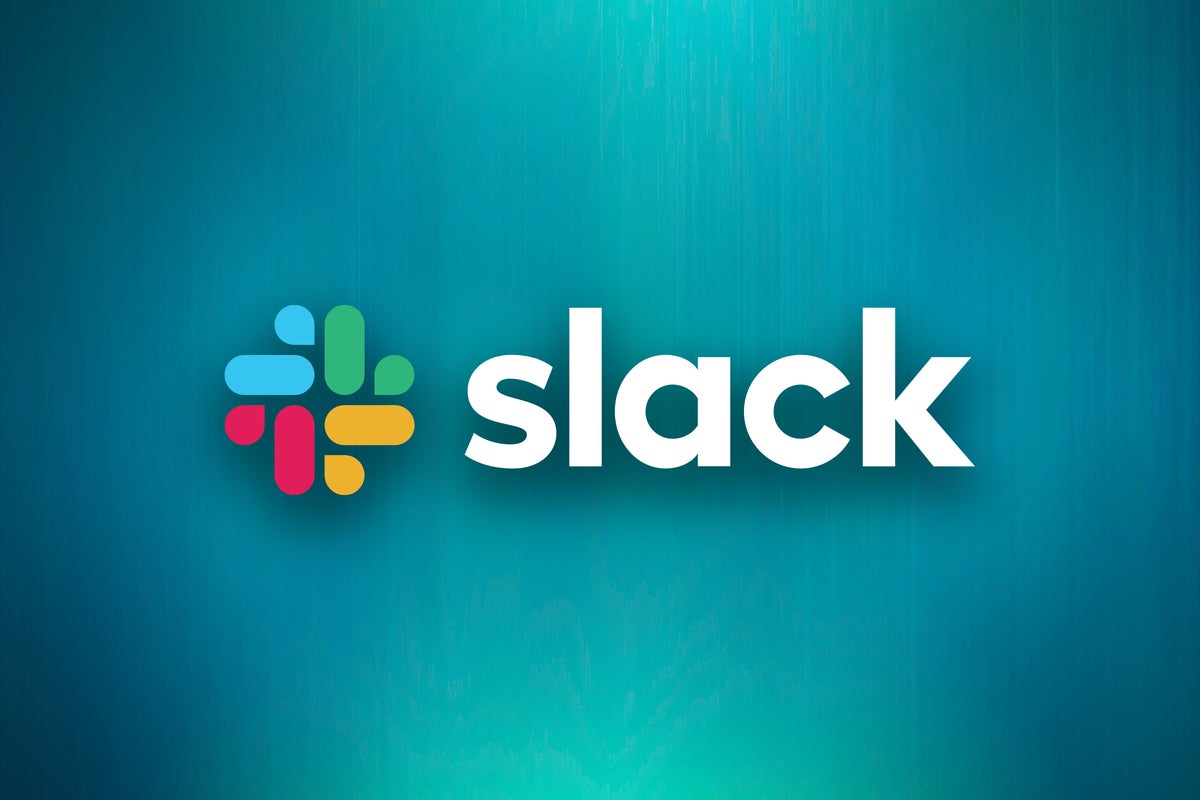Salesforce has acquired collaboration software vendor Slack in a deal worth $27.7 billion.
The acquisition — details of which leaked last week — will see Slack’s business chat application integrated with Salesforce’s cloud tools, serving as the new interface for its Customer 360 product portfolio.
“Together, Salesforce and Slack will shape the future of enterprise software and transform the way everyone works in the all-digital, work-from-anywhere world," said Salesforce chair and CEO Marc Benioff said in a statement. The acquisition was unveiled after the close of financial markets in the US on Tuesday afternoon.
"The opportunity we see together is massive,” said Slack CEO and Co-Founder Stewart Butterfield. “As software plays a more and more critical role in the performance of every organization, we share a vision of reduced complexity, increased power and flexibility.... Personally, I believe this is the most strategic combination in the history of software, and I can’t wait to get going.”
For Slack, the deal will mean access to more large-enterprise customers and greater clout as it competes with key rival Microsoft.
“On the plus side, Slack gets an investor who can build out the service into what it may need to compete with Microsoft and Google,” said Patrick Moorhead, principal analyst at Moor Insights & Strategy.
To truly compete with collaboration software suite vendors like Microsoft and Google, said Moorhead, Salesforce will need to further bolster its proposition around video and personal productivity.
“While some enterprises want a best-in-breed approach and will cobble it together via APIs, others want integrated designs like Microsoft (Teams/Office 365) and Google (Workspaces) offer today,” said Moorhead. “Salesforce may have to buy a company like Zoom and create a best-in-breed productivity suite to make the Slack investment pay off.”
Since its launch in 2014, Slack has shaken up the collaboration software industry with its highly popular channel-based communications approach, which has proved a hit with users seeking an alternative to email. Furthermore, its broad range of third-party integrations has helped the app become an integral part of workflows for many enterprise teams — a weak point for some collaboration tools in the past.
As of September 2019, Slack said it had 12 million daily active users, with 130,000 paid customers, according to its most recent financial results statement.
Recent years have seen Slack target deployments at larger businesses, with the launch of its Enterprise Grid product in 2017 paving the way for the introduction of compliance and security features. Sixty-five of the Fortune 100 companies are Slack users; among Slack's Fortune 500 customers are Starbucks and Target.
At the same time, Slack has faced significant headwinds in recent years. Most notable has been mounting competition from Microsoft, which debuted its Teams platform three years ago after reportedly mulling its own acquisition offer for Slack in 2016.
Teams, available at no extra cost to Office 365 subscribers, has 115 million daily active users, with adoption soaring during the pandemic and workforce lockdown that followed. Slack’s growth this year has been perceived as lackluster in comparison, as others in the collaboration software market, especially Zoom, saw revenues soar as employees switched to work-from-home en masse.
What’s more, Slack — which completed its direct listing last year — remains unprofitable, though losses reduced significantly year on year, according to second quarter results for the 2021 financial year. Its share price has also floundered, dropping by almost half compared to its IPO level, before rising sharply on talk of an acquisition last week.
The Slack acquisition adds to a sizeable list of large acquisitions by Salesforce. Among these are data visualization tool Tableau ($15.3 billion) and integration platform MuleSoft ($6.5 billion), as well as the $750 million purchase of collaborative productivity app Quip in 2016.
Previous acquisitions bear some similarity to the Slack buyout, said Jason Wong, VP analyst with Gartner’s App Design and Development team. “In major acquisitions such as MuleSoft, Tableau and now Slack, their communities and ecosystems were important factors in the Salesforce strategy,” he said.
“Slack’s platform already integrates with more than 2,400 apps and its ability to enable partners, professional developers, and even citizen developers using low-code and no-code approaches to build extensions and apps on its platform is well suited for the Salesforce strategy playbook.”
Salesforce has sold employee-facing applications over the years, including its enterprise social network Chatter and social portal Community Cloud, as well as its Work.com platform, which has aided businesses in their workforce response during the pandemic. But acquiring Slack provides immediate access to a widely used collaboration platform with millions of avid users as it improves its internal collaboration capabilities.
“In Slack, they now have the opportunity to offer more general purpose and horizontal employee workstream collaboration (WSC) capabilities and to tie customer experience (CX) with employee experience (EX),” said Wong.
The transaction is expected to close in the second quarter of the fiscal year 2022. It must be approved by Slack's board of directors and is subject to governmental and regulatory approval.






